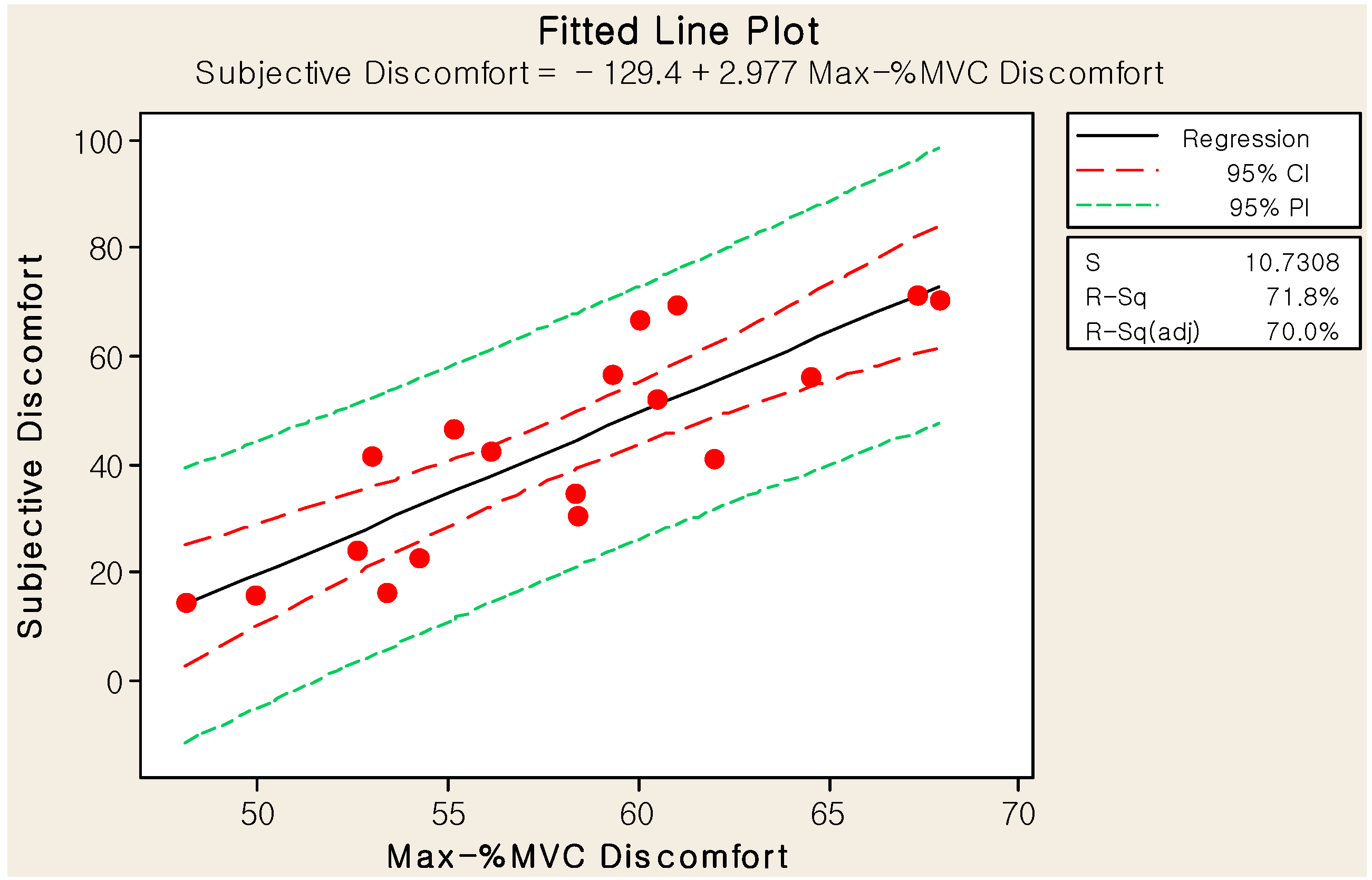

Businesses need to locate, identify, and organize their sensitive data before they can decide what level of protection they need and who they allow to access specific data and resources. This process, known as data classification and data discovery, enables an organization to identify, classify, and apply appropriate protective measures to their most sensitive data. Protect sensitive data: Organizations must identify their sensitive data and assign it with classification tags that dictate the level of protection it requires.

Using these tools, they can compile, correlate, and manage data from across their networks and systems, and if set up effectively, these same solutions will help prevent unauthorized data exposure. Firewall logging enables organizations to analyze their network traffic through security information and event management (SIEM) solutions.

Deploy firewall logging: Egress and ingress data traffic must be logged to manage and protect against malicious activity.Effective firewall rules will allow an organization to block data egress to unauthorized locations and malicious individuals. Implement firewall rules: Deploying an effective network firewall is a good first step, but it also needs to be configured with appropriate rules that enable it to detect, monitor, and block unauthorized data egress.Many data breaches were allowed to occur because organizations’ egress rules allowed intruders to access and intercept data without the company even knowing an attacker had been active in their networks. Deploy an effective firewall: Firewalls are network gatekeepers that enable an organization to securely manage data egress and ingress.Network monitoring also allows organizations to measure crucial metrics like availability, response time, and uptime. This not only enables an organization to know which users and devices are active on its network but also detect any suspicious activity. Monitor networks: The first step to ensuring secure data egress is to monitor what is happening on an organization’s network.This policy must be extremely thorough and outline how the company protects its resources, provide a list of internet-accessible services that are approved for use, and detail guidelines for how employees should access and handle sensitive data. Create a data egress enforcement policy: Organizations must create and follow a data egress enforcement policy that outlines what constitutes acceptable use of data.This is a process referred to as network monitoring and data discovery and is crucial to securing the data egress points in an organization’s system. Accidental insider threats occur if employees inadvertently send data to an unauthorized recipient or disable a security control.ĭata egress management is reliant on discovering where an organization’s sensitive data is stored and where it leaves the network. A malicious insider threat involves an organization’s own employee stealing corporate data with the intent to harm the company by giving or selling that data to a hacker, third party, or competitor. More advanced and stealthy methods of intercepting data egress include the encryption of modified data before it is exfiltrated and using techniques to mask the attacker’s location and traffic.Ī major risk that data egress poses to organizations is insider threat, which can be either malicious or accidental. These threats typically involve commonly used tools that organizations access every day, such as email, USB drives, or cloud uploads. These techniques include the spread of malware, such as backdoor Trojans, or using social engineering to disguise attacks as regular network traffic. Sensitive or proprietary data and high-value personal data are highly lucrative and targeted by cyber criminals, nation-state hackers, and even organizations’ competitors.īad actors can use data exfiltration techniques that enable them to intercept, steal, or snoop on networks and data in transit, which can result in data loss or leakage. Data egress presents many threats to organizations, especially if data is shared externally with unauthorized recipients.


 0 kommentar(er)
0 kommentar(er)
